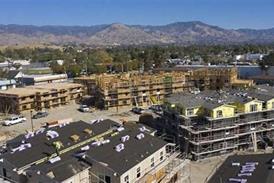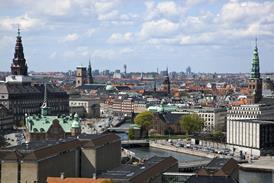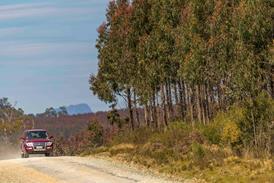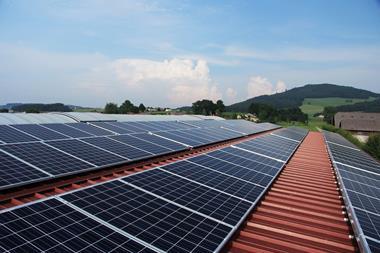The two largest pension fund groups in the Netherlands are moving into new areas of social infrastructure, delegates heard heard at INREV’s annual conference in Vienna.
PGGM is “planning to slowly but surely” access housing for the elderly by “developing own projects”, said Eloy Lindeijer, chief of investment management at the €183bn institution.
APG, which manages €409bn in Dutch pension assets, also revealed it was also invested in social infrastructure, but at the other end of the demographic spectrum.
Patrick Kanters, managing director for global Real Estate and infrastructure, said APG was “in talks with the government” over investing in schools. Kanters said there were around 1000 schools in the Netherlands built between the 1960s and 1980s that are “in need of refurbishment”.
He said: “We are interested in opportunities which could help strengthen the socio-economic structure of the Netherlands.”
Naturally, PGGM and APG will also be looking for suitable returns on the investments, and the persistence of low interest rates will support their case.
Philip Coggan, columnist at The Economist magazine, noted in his opening remarks: “As in the world of the blind the one-eyed is king, in an environment of negative bond yields the real estate rate will still be attractive.”
Asked what happens when the “blind start to see again” and rates go back up, Kanters said: “We do not need to be worried [that] real estate in portfolios will be hurt by rising rates, as it is easier to predict than other asset classes and all about cash-flow growth.”
Lindeijer was similarly unconcerned. PGGM expects “it will take another 15 years for interest rates to reach 3.5% again,” he said.
“Of course, we have a huge interest rate risk, but we will make money on the liabilities and, in the short term, we have a diversification benefit, cash and carry, etcetera – sole asset owners will suffer more from low yields on long-term investments.”
Barry Petursson, head of real estate at the CAD12.1bn (€8.41bn) Alberta Teachers’ Retirement Fund, said: “Essentially, the asset classes are driven by relativity, but there is a minimum threshold that makes you absolute in a relative market.”
The minimum threshold for Germany’s largest pension fund investor BVK is 3.5%, a return that the €70bn institution has to achieve annually.
BVK’s CEO Daniel Just said real estate can “contribute quite a lot for battling against low interest rates”.
He added: “If you do it right, and if you are not only concentrated on core and core-plus where everybody is, then you can do something on your returns.”
However, Robin Goodchild, international director of global research and strategy at LaSalle Investment Management, questioned whether taking more risk made sense in real estate. He presented figures based on US and European historic data showing that, “on a net basis, value-add has delivered a lower return at much higher volatility and it does not look as attractive.”
Goodchild said value-added investments in Europe had only started to “deliver the higher return investors expected” in 2014.
But Neil Harris, senior vice president at GIC and the new INREV chairman, countered: “If you take a time series that spans a downturn in the market, it is no surprise that value-add has underperformed as it is higher risk and more volatility.”
Some of investors have been looking to emerging markets to generate higher returns. Kanters said APG had “been very active in China with a joint venture to target logistics and in India with good partner with a good track record focusing on retail”.
But he stressed it was not about getting a certain percentage of exposure to a certain market but rather about “following a good strategy”.
He said: “If you look over a long time it becomes clear it is very difficult to make money in emerging markets because timing is essential.”
Nevertheless Amit Aggarwal, real estate investment officer at Los Angeles County Employees Retirement System (LACERA), is “looking at Latin America” as part of the $48.4bn (€42.5bn) pension fund’s efforts to grow its international real estate investments “from 3% to 15% over the next five years” through commingled funds.
Topics
- Americas
- apg
- Asia-Pacific
- Asset Allocation
- BVK
- Canadian Investors
- China
- Conference Reports
- Dutch Investors
- Europe
- European Investors
- German Investors
- India
- Infrastructure
- Investment Strategies
- Investors
- LACERA
- Latin America
- Netherlands
- North American Investors
- Pension Funds
- PGGM
- Portfolio
- Real Estate
- Returns
- US Investors
- Value-added
















No comments yet